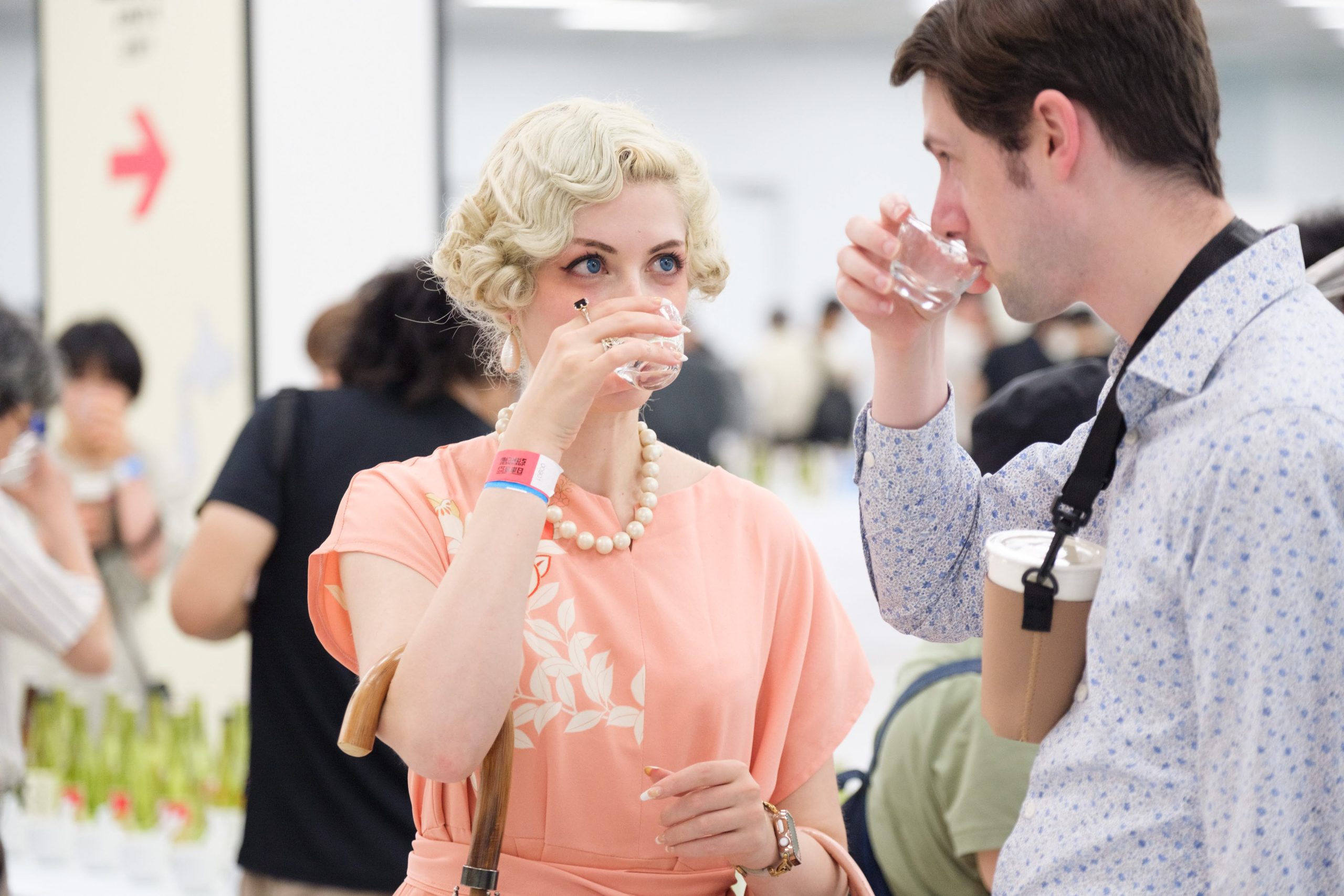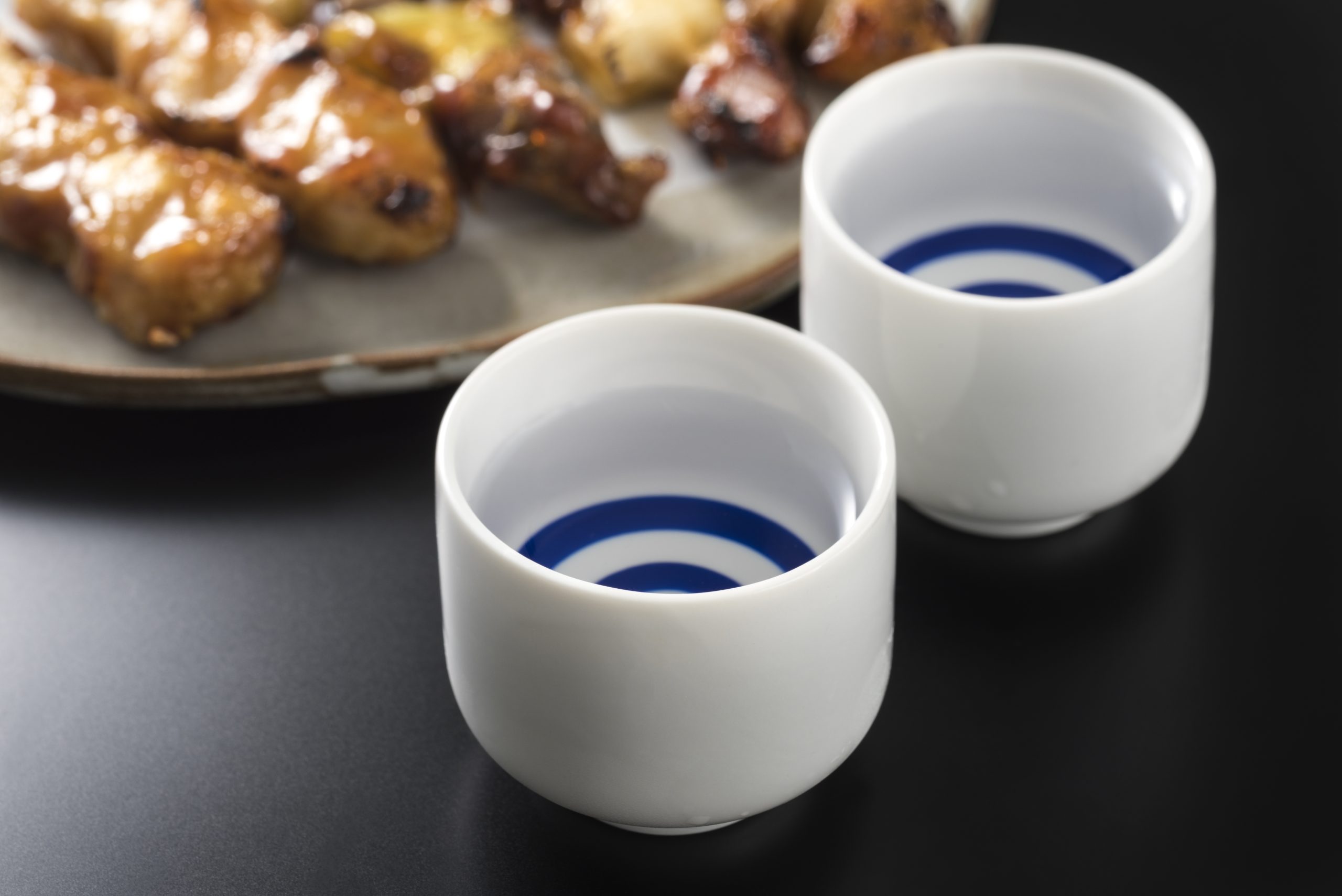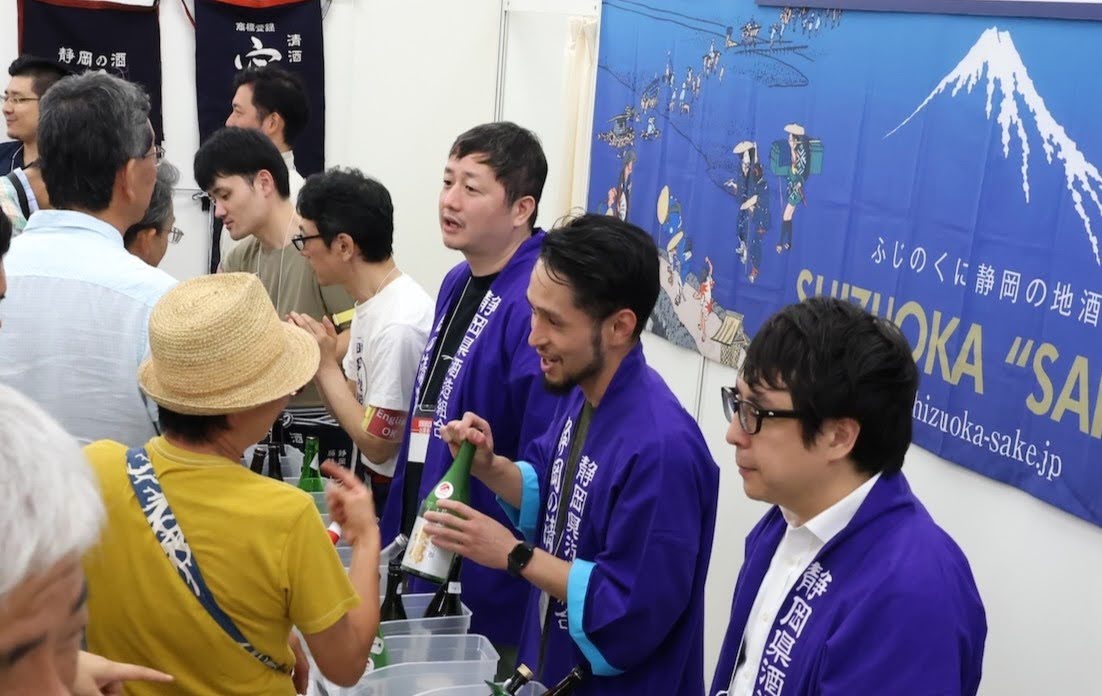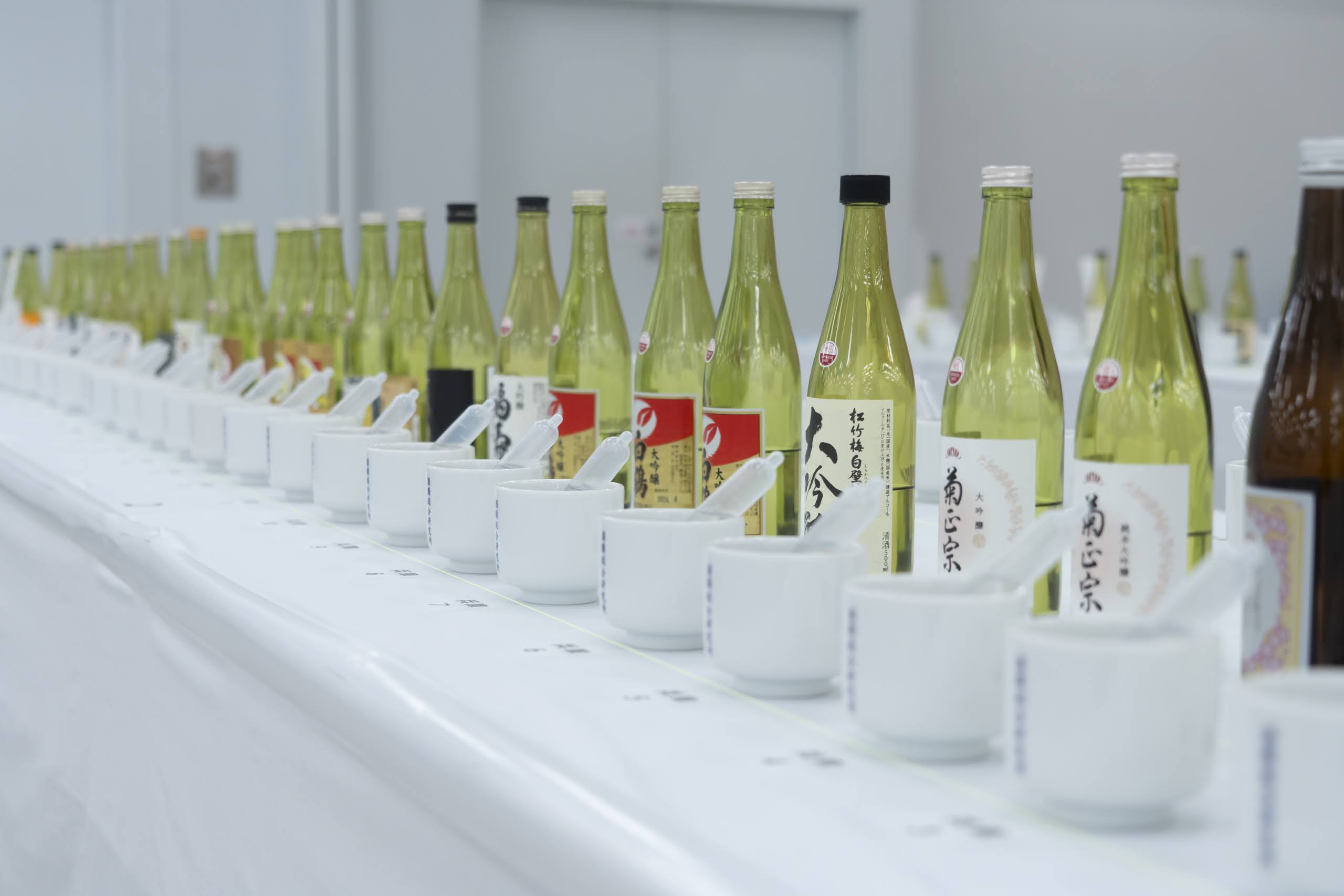This website uses cookies so that we can provide you with the best user experience possible. Cookie information is stored in your browser and performs functions such as recognising you when you return to our website and helping our team to understand which sections of the website you find most interesting and useful.
The Sake Fair 2024 demonstrates international appeal
By targeting new markets and providing multilingual services, the Sake Fair 2024 became the most international edition yet.

The world’s biggest sake fair targeted international markets this year, as the Sake Fair 2024 took place in Tokyo on 5 and 6 July. The 16th edition welcomed around 4600 sake enthusiasts, with a particularly strong offering for the growing numbers of visitors from abroad.
“Many sake fans eagerly anticipate the sake fair, and tickets sold out quickly” said Hitoshi Utsunomiya, a director of the Japan Sake and Shochu Association (JSS), which organised the fair. “The continuous holding of the event has allowed regional sake brewers’ associations to mature in their PR points, and they have become more creative in how they present and offer tastings.”
Catering to the international crowd
Growth in international attendance is a key target for both those smaller associations and the JSS. In 2023, Japan exported sake to 75 markets, reaching a value of ¥4.1 billion. That is 3.9 times the export value in 2013. Even this year, there has been a 105% increase year-on-year from January to May. The world is, quite evidently, thirsty for sake.
There is also strong potential to capitalise on Japan’s popularity with tourists. By April, Japan had already welcomed more than 10 million foreign travellers in 2024. The next step is therefore to make travellers visit local sake breweries and taste sake.
For the first time, the Sake Fair 2024 allowed visitors to purchase tickets directly from overseas. This enabled business travellers and tourists to integrate the fair into their itineraries well in advance. “Interest in the Sake Fair is particularly high in Hong Kong, Taiwan, and the United States,” said Utsunomiya, “so we considered overseas ticket sales essential to ensure it fits into travel plans.”
The second new initiative was a dedicated information desk for overseas participants. With interpreters available in English and Mandarin, it meant that language barriers did not prevent anyone from exploring the world of sake.
A full programme of tasting and seminars
With more than 1,000 types of sake to taste by attending two programs during the two days of the fair, it was a truly diverse world to explore. Around 600 brands were available as part of the ‘All Japan Sake Fair’ offering. This tasting element spanned almost all of Japan, including 45 of its 47 prefectures.
The Sake Fair 2024 also presented approximately 400 Daiginjo sakes showcased as part of the ‘Public Tasting of Award-Winning Sake’ section. These had all been honoured at the 112th edition of the world’s oldest sake competition, the Annual Japan Sake Awards.
In order to teach attendees the best way to enjoy sake, the traditional porcelain cup called a kiki-choko was used at the ‘Public Tasting’. The pattern of blue and white circles at the bottom of the cup, called the “snake’s eye,” helps to show the sake’s colour in comparison to the white circle, and its clarity in comparison to the blue circles.

Attendees could also hear from experts on the characteristics of geographical indication (GI) designated sake, and on unique aspects of traditional sake production, such as the use of naturally occurring lactic acid bacteria. The full programme of seminars demonstrated the complex interplay of environment, agriculture and technique behind sake production, which is similar to the mix of natural factors and human expertise that goes into wine production.
Growing interest in geographical indications
During the fair, the JSS organised tours to introduce those regions which have been recognised with geographical indication (GI) protection. Since 2005, Japanese sake regions have been registering as GIs, protecting local styles through production regulations. The system is similar to wine appellations used around the world. In fact, Japanese wines have GIs under the same legal framework.
A good example of a GI for sake is Yamagata Prefecture, located in the north-east portion of Japan’s main island of Honshu. Yamagata has long been famous for its cold winters, which are ideal for slow fermentation, and its abundance of meltwater from snowy mountaintops, and so it established GI Yamagata in 2016. The GI protects the local character of its sake by mandating that water from the region and Japanese rice are used and that the whole process until bottling takes place in Yamagata.
By contrast, sake in Shizuoka Prefecture derives much of its characteristic delicate and smooth flavour from a local yeast strain, and so GI Shizuoka requires the use of Shizuoka yeast, alongside regulations on water sourcing, production location and quality assessment.

“In the case of sake, there is a growing distinction between prefectures that have GI and those that do not,” explains Dr. Koseki of GI Yamagata Control Body. His opinion is that sake can benefit immensely from geographical distinctions. “As a GI, we aim to achieve the same level of recognition and quality evaluation as Chablis, which has a similar production volume.”
On the anecdotal evidence from the Sake Fair 2024, it seems consumers are ready to hear about GIs. As one tour participant from Taiwan commented: “I didn’t know sakes had GIs. GIs are proof of being local and high quality, and will certainly guide my future sake selections.”
Broadening sake’s appeal
Such specific activities hammer home the message that sake is a distinct category, with its own traditions and regional styles. With many foreign consumers still harbouring the false notion that sake is a distilled spirit, the Sake Fair 2024 was the perfect place to dispel such myths and to demonstrate the unique qualities of this purely fermented drink.
Moreover, bringing in visitors from other markets allows sake to showcase its versatility. Kensuke Shichida, Chairman of the Demand Development Committee of the JSS, acknowledges the challenge of sake being pigeonholed and served only with Japanese cuisine.
“Overseas, sake is mainly offered in Japanese restaurants. Our goal is for sake to be enjoyed with local foods around the world,” he explained. “We want consumers who discover the taste of sake at the Sake Fair to experience the pairing of sake with various global ingredients like cheese and oysters.”
As more and more international visitors attend the fair, the sake industry has a new cohort of ambassadors to make those pairings. Preparations are already underway for the 2025 edition in Osaka, which will coincide with the Osaka-Kansai Expo. The 2024 fair has laid the foundations that could make 2025 the most international edition yet.


